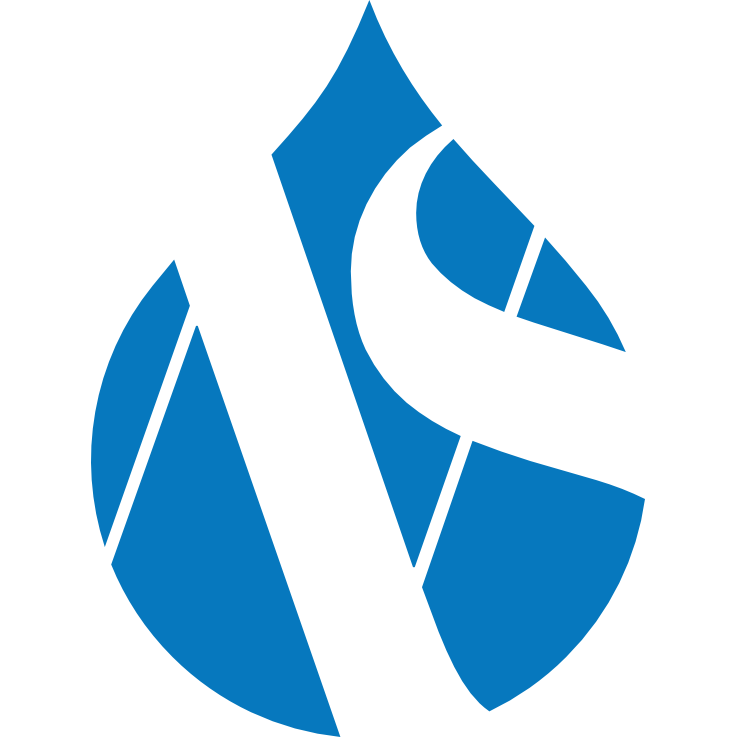Some criteria we had when we chose tool.
1. The tool had to be "open source"
We fully support the idea about open source and Richard Stallman's thoughts because there are so many benefits of open source.
Such as:
Financial savings
In most cases, the open-source products are free. This means that the acquisition costs are much lower compared to the closed source programs that often requires purchasing a software license. Whether you choose open or closed software you will not get rid of the need for related services such as installation, support, training and operation.
Constant development
If you choose a popular open source product, you can be pretty sure that it will constantly evolve and get better due to the fact that most such products have strong development communities. This means that the product constantly will be improved without any investments.
Flexibility
It is allowed to modify an Open Source product to better suit ones enterprise. In this way, one can relatively easily produce their own customized solutions based on an existing open source product.
Security
Flaws in the product are detected faster with many developers and can be fixed with shorter notice.
Independence
With open source you are you can freely choose your supplier. You are not bound to bugs having to be resolved by a single supplier. The control of the system lies with the customer.
Mobility
Since the source code is open, the products are often interaction and integration friendly. It is thus relatively easy to let applications communicate with one and other. The products also tend to shift in popularity, and sometimes you need to migrate between products. Even here there are tools which can help. One can e.g. move a page from WordPress to Drupal using existing tools that are also open source.
2. Flexible
As we build services based on the customers needs, we need a tool which is extremely flexible. Drupal is a publishing system (also called content management system - CMS). This means that Drupal is used to manage content on information sites, social media sites, member sites, intranets and web applications.
Strictly speaking Drupal itself is not a CMS, but a platform in which various modules can be plugged in and combined to form a CMS customized to your needs. There are modules to store different kinds of content, to develop content based on various criteria, to present the content in different ways and for many other purposes.
What differs Drupal from other CMS? EPiServer, SiteVision, Sitecore, Polopoly and Escenic are all examples of first-generation publishing tools. These are characterized by new or customized functionality is mainly supplied by developing new modules programmed in Java or .NET platforms. This takes time and requires the help of specialists. In practice, a monopoly-like situation is created where you become dependent on a few suppliers to make basic customizations and further develop your product.
Drupal is a second generation publishing tool. This means that a lot of new or customized functionality can be created in the user interface without any programming. It is fast and can often be performed by business-savvy employees. It reduces your dependence on suppliers, and gives you the freedom to perform basic customization and further development.
But sometimes Drupal require programming as well, for example, to integrate Drupal with other systems in your business. Then it is very good that Drupal is a open source software, unlike EPiServer, SiteVision others.
This means that Drupal is free, you may use and modify Drupal as you like and you can choose whether or not you like to share your modifications. All this without any other consideration than giving the same rights to whoever you choose to share with.
3. Security
We investigated several tools and found that Drupal is in terms of security very good. Drupal's high security comes from the fact that thousands of programmers worldwide are working together to find and fix security flaws and Drupal also has its own security team. It is possible thanks to Drupals open source code. This differs Drupal from a proprietary CMS, whose source code is only seen by a handful of developers, and reviewed by likely even fewer. It is worth noting that the White House emphasizes security as a reason to replace the former publishing system with Drupal.
4. Documentation
When choosing a tool, it is important that there is documentation and a large and good community to help you out. Drupal has a very large and active community, which was one of our wishes when we chose tool.
5. A strong community
Drupal community is considered as one of the best. Many say they came because they liked Drupal but stayed because they love the community. We and our staff annually goes to DrupalCon to meet others who are also working with Drupal, listen to lectures and get inspired and get new ideas for future projects.
